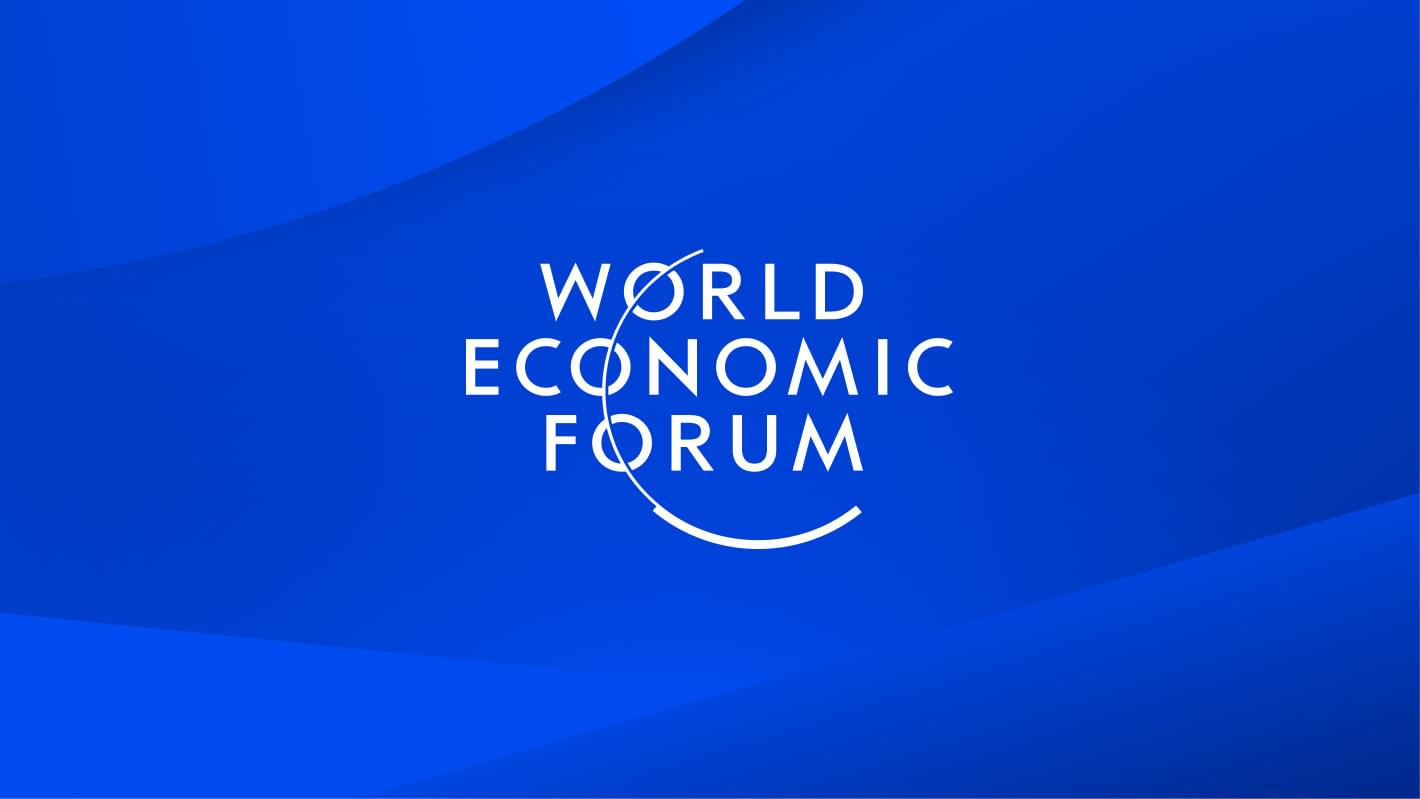“No two ways about it,” Altepeter told Breaking Defense today. “The number of companies that we’re announcing is a surprise to me. I did not expect we would get this many.”
For the winning teams, the value of QBI is not just the money. Indeed, first-round grants like those being announced today have typically been under $1 million — small change not just for the Pentagon but for tech firms and venture capitalists already investing billions into quantum ventures. We suggested everybody apply for a million, [but] some people came in and said they were going to do it for less, Altepeter said.
The unique value of a QBI award is that it gives the winning companies access to a DARPA-led team of quantum experts, pulled from both US government labs, including the famous Los Alamos, and federally funded research institutions. Their job is to act as independent testers, fresh eyes, and devil’s advocates, rigorously scrutinizing each participant’s quantum strategy.






